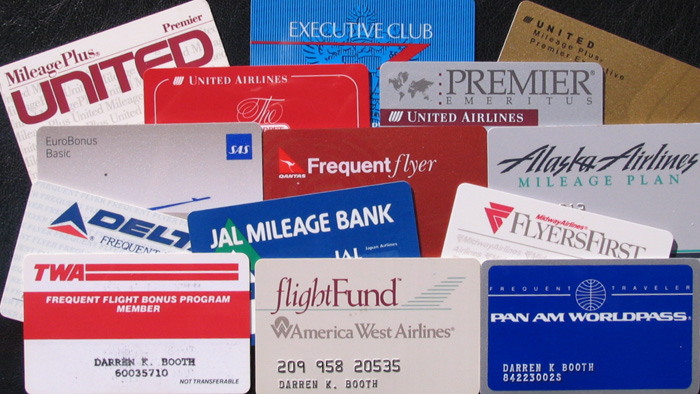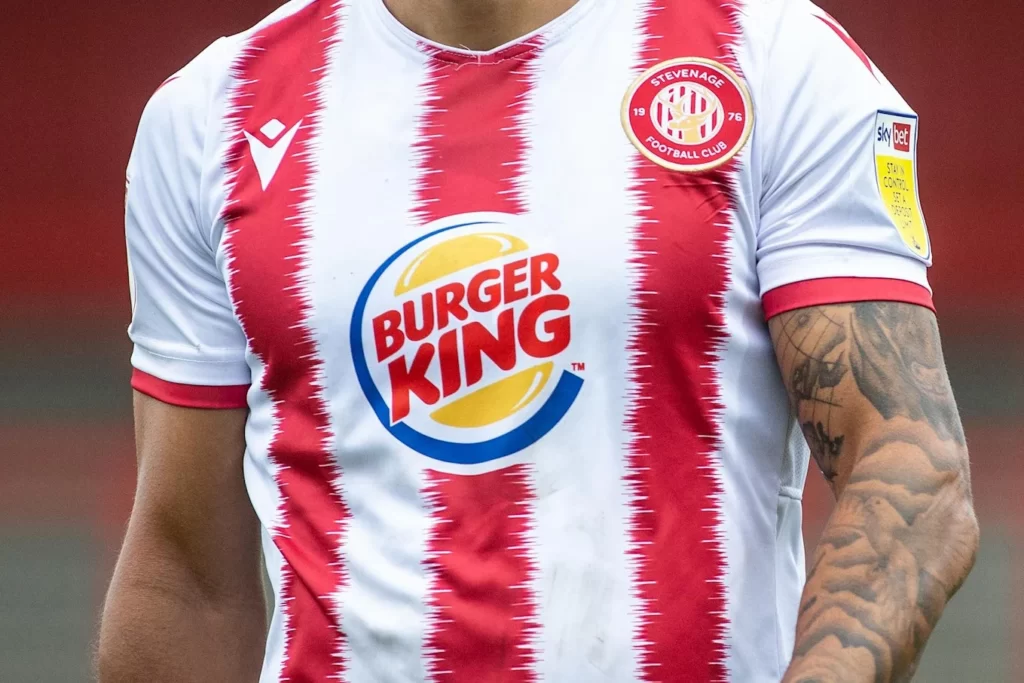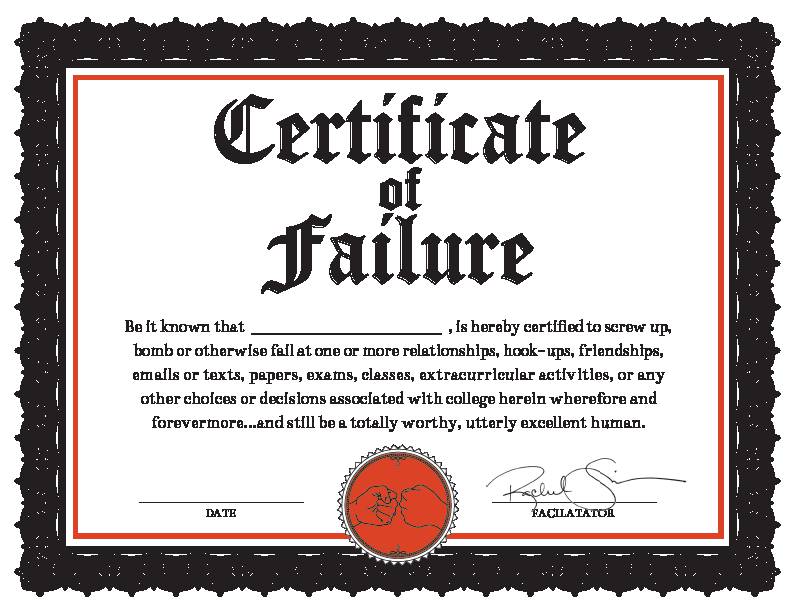The History of Frequent Flyer Programs

What was once a simple frequent flyer program to reward loyal passengers has evolved into a more comprehensive one over the years.
As early as the 1950s and 1960s, numerous airlines began keeping track of customers and their travel habits.
As a result of the 1978 Airline Deregulation Act, airline marketing experts were forced to devise new strategies for rewarding loyal consumers and fostering customer loyalty to their brands.
In 1979, Texas International Airlines introduced the first frequent flyer programme based on miles accumulation. Since its 1982 merger with Continental, the airline has faded into obscurity. Due to pioneering current mileage programmes, though, it lives on in frequent flyer mythology. In 1980, Western Airlines introduced the Travel Bank programme; nevertheless, Delta acquired Western Airlines in 1987.

American Airlines AAdvantage was the second major frequent flyer programme to be formed, and it has since become one of the biggest in the world on May 1, 1981.
United launched its own version of Mileage Plus only a few days later. After United and Continental combined in June 2011, the name was changed to MileagePlus too.
After Delta’s own mileage programme was launched in 1981. The Frequent Flyer programme was renamed SkyMiles in 1995 and has remained so ever since.
In June 1987, Southwest launched a mileage programme called The Company Club, which was rebranded Rapid Rewards in 1996. A free round-trip reward may be earned by collecting 16 stamps within 24 months rather than miles. Stamps were awarded to those who made a one-way journey from one location to another. The Companion Pass may be yours if you amassed 100 points in a calendar year.
The First International Tie-In

As of 1982, American Airlines was the first U.S. airline to work with a foreign carrier on a mileage-based agreement. AAdvantage members could earn and redeem points for flights to Europe on British Airways, which was a first for the programme. The same year, British Airways introduced the Executive Club, its frequent flyer club. Lufthansa and SAS also struck similar alliances with United at the same time.
Changes to the Program’s Design
As a result of this distance-based structure, most of these frequent flyer programmes could give miles depending on the distance travelled on each trip. They could then use those miles to get award tickets, depending on where they were coming from and where they were going, as well as the service class.
FlightFund, America West’s mileage programme introduced in 1987, awarded miles based on the price of a ticket rather than the number of miles travelled. FlightFund became extinct after US Airways and FlightFund merged in 2006. Its FlightFund strategy, however, was one that JetBlue and Southwest imitated in the 2000s with their respective mileage programmes.
Originally started in June 2002, JetBlue’s TrueBlue programme was reworked in 2009 to allow customers to earn points for every dollar spent on flights. Award tickets may be purchased using points at a predetermined rate depending on the cost of the flight. With the redesigned Rapid Rewards programme in 2011, Southwest followed suit.
You may redeem your points for any available seat on the airline since the point requirement is based on the cash price of a ticket, just like when buying airfare. You’ll need more points for more costly tickets.
Airlines started adjusting their mileage algorithms in the 1980s with the introduction of sophisticated frequent flier programmes, which resulted in many of the traits and idiosyncrasies that customers face today.
Non-Airline Sponsors

American Airlines partnered with Hertz and Hyatt among the first non-airline partners in 1981, followed by United Airlines and American Airlines. Mileage-earning agreements, such as those between online retailers and restaurants and loyalty programmes, sprang out of these early initiatives. In general, this was a good thing since it allowed for the accumulation of miles that could be redeemed for tickets on a wide range of new purchases and transactions.
The Elite Class
In 1983, United Airlines created the concept of elite status. The “Premier” threshold was the only one at the time. In 1987, American launched its AAdvantage Gold programme, recognising the airline’s top 2% of customers.
Variations on the Redemption Theme
In 1988, numerous airlines started offering triple miles on flights, significantly impacting award charts and redemption rates. In the beginning, American Express and Delta partnered to provide the deal, but other airlines quickly followed suit. All the available miles sparked the notion of “distance runs” for award miles and the elite rank.
As frequent fliers increased, airlines increased the number of miles required for many awards, needing tens of thousands of miles each way. According to the phrase, “One hand gives, the other takes.”
United also offered saver-level prizes in the same year. They were far less expensive than “regular” or “standard” rewards. There was, however, a catch: they only had a limited supply.
Expiry
While Delta SkyMiles (since 2011), JetBlue TrueBlue points (since 2013), and United MileagePlus miles (as of 2019) have become industry standards, United once again raised the stakes in 1989 with the introduction of the “expired” mile concept. Because of this, I felt pressure to use up my kilometres before they were all gone.
Cathay Pacific Asia Points and Singapore KrisFlyer miles, for example, expire after a certain period of time, regardless of how often you use them, even if you earn or redeem only a few miles every year or two.
Purchasing Miles directly from the issuer
Air Canada pioneered direct purchase of miles in 1990, which saw a potential income stream. Flyers may buy up to 10% of the miles needed for an award at a time. In response, other airlines have stepped into the battle and are now offering specials and discounts on up to a hundred thousand miles — most of which are poor offers even without a promotion.
Fees for award changes
When award change fees were introduced by United Airlines the following year, the airline once again set the standard. Airlines started charging fees for anything from making a reservation over the phone to cancelling an award entirely because of the large proportion of awards that travellers change.
Partners in credit card processing since 1987
Introducing airline credit cards that rewarded frequent flyer points for daily purchases was one of the most important advancements in frequent flyer programmes. Mileage programmes as we know them now were completely transformed by this one change, which opened the door to the general public, regardless of whether they were previously frequent fliers or not.
To begin with, cobranded credit cards were available in the United States between 1986 and 1987. With the Continental TravelBank Gold MasterCard, Continental (and Eastern Airlines) joined forces with Marine Midland Bank.
Since United’s Mileage Plus First Card was issued via First Chicago Corporation in 1987, the two companies have worked together to develop and distribute cards for their customers.
TWA and Chase teamed up on a miles credit card around the same time. To begin a long-term partnership, American Express and Delta started issuing co-branded cards in 1996.
In addition to airline-branded credit cards, several issuers have developed their own proprietary points schemes that allow cardholders to transfer points to a variety of airlines and hotels.
Credit cards that could be used to earn airline miles were initially made available by Diners Club in 1985.
Indian

The first of the block was Jet Airways, with the Jet Privilege program in the mid-90s. Flying Returns of Air India followed in 2001. While these programs were more prevalent with full-service airlines, Spicejet has one too.
With the closure of Jet Airways, the Jet Privilege has morphed into the Intermiles program.
What’s next?
There is little question that airlines will continue to see frequent flyer miles as a significant asset in the event of future turbulence since many airlines have used their mileage programmes to insure their funding.
First and foremost, we’ll continue to see a deluge of miles on the market. Many airlines sold many miles to credit card companies as demand for travel decreased.
Due to years of unmet travel demand, we should expect higher award devaluations due to the increased demand for award redemptions.
Take Out
Airline miles have gotten much more difficult during the last four decades. One promising development is the availability of various cobranded credit cards with multiple bonuses from all major airlines.
Customers have also had to contend with a continuously changing landscape of complicated earning and redemption criteria, an elite-status system that raises the bar for membership ever higher, and ever-tighter limits on how and where they may utilise their mileage credits.
Hardship may also be an opportunity for those who take the effort to learn about mileage programmes and grasp their intricacies. As airline systems change, you can still get the most out of your frequent flyer miles by keeping up with current changes, adapting your approach, and optimising your capacity to earn and redeem points.
Reference
https://thepointsguy.com/guide/evolution-frequent-flyer-programs/




2 Comments